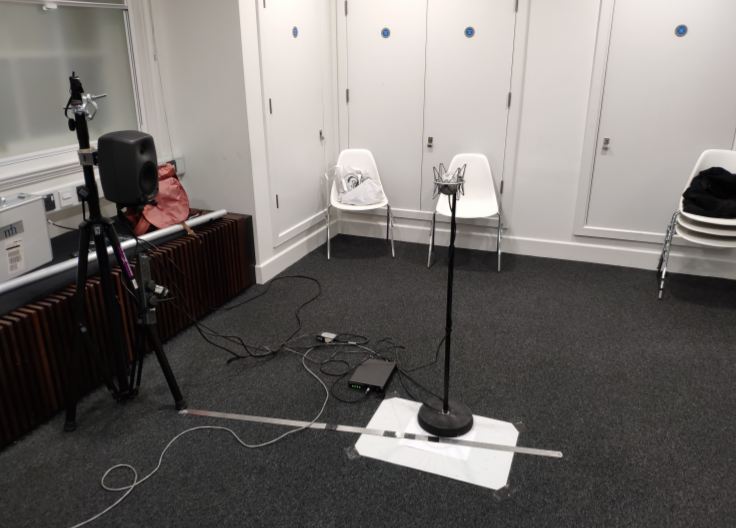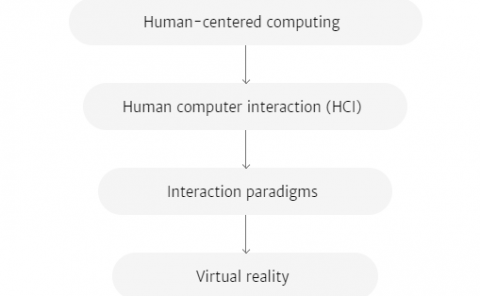Perceptual comparison of ambisonics-based reverberation methods in binaural listening
Title: Perceptual comparison of ambisonics-based reverberation methods in binaural listening
Teams: Facebook
Writers: Isaac Engel, Craig Henry, Sebastià V. Amengual Garí, Philip Robinson, David Poirier-Quinot, Lorenzo Picinali
Publication date: September 6, 2019
Abstract
Reverberation plays a fundamental role in the auralisation of enclosed spaces as it contributes to the realism and immersiveness of virtual 3D sound scenes. However, rigorous simulation of interactive room acoustics is computationally expensive, and it is common practice to use simplified models at the cost of accuracy. In the present study, two subjective listening tests were carried out to explore trade-offs between algorithmic complexity (and approach) and perceived spatialisation quality in a binaural spatialisation context. The first experiment assessed the perceived realism of room reverberation, comparing auralisations based on Ambisonic impulse responses at varying resolutions (zeroth to fourth order). The second experiment focused on the perceptual relevance of different approaches to binaural reverb rendering, looking at statically or dynamically rendered room simulations. Throughout these experiments, the direct sound path was rendered separately by convolution with a Head Related Impulse Response (HRIR). Preliminary results suggest that, for the conditions under test, there may not be perceivable benefits in using high order Ambisonics encoding (beyond first order) for room auralisation and that introducing headtracking may have little impact as well, as long as the direct sound is rendered with enough accuracy. Further work is outlined with regards to continuing this research with a higher number of participants and more varied tested conditions to clarify the extent to which these conclusions can be made.


